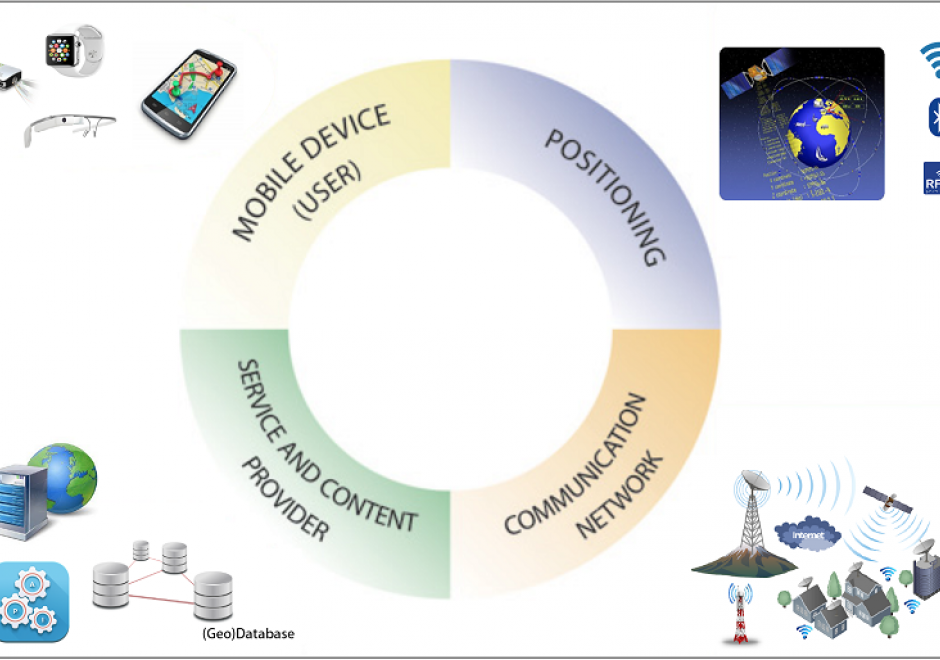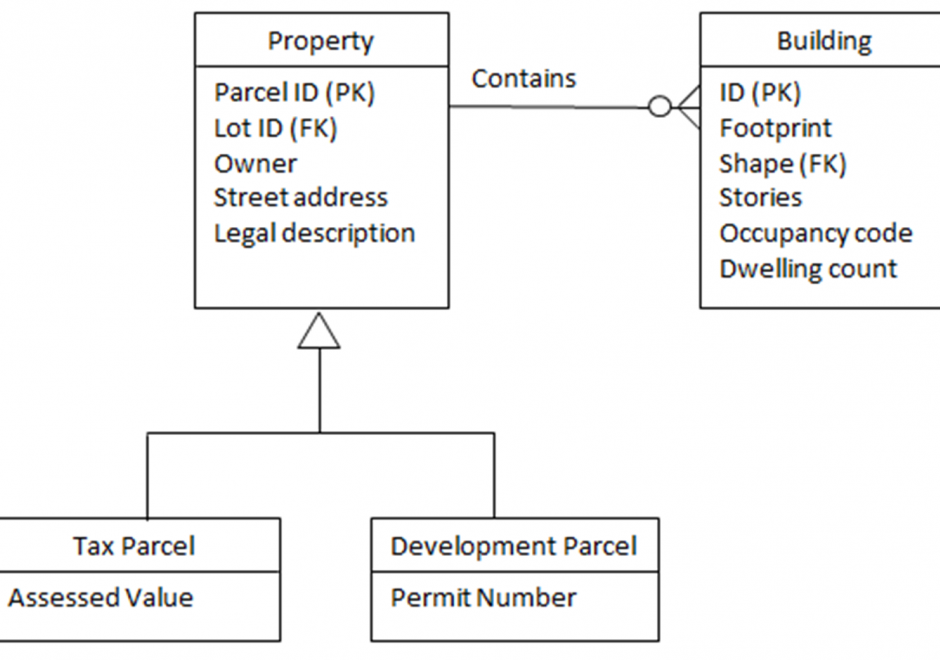DM-50 - Linear referencing systems

- Describe an application in which a linear referencing system is particularly useful
- Explain how the datum associated with a linear referencing system differs from a horizontal or vertical datum
- Identify several different linear referencing methods (e.g., mileposts, reference posts, link and node) and compare them to planar grid systems
- Identify the characteristics that all linear referencing systems have in common Unit GD4 Datums (core unit) “Horizontal” datums define the geometric relationship between a coordinate system grid and the Earth’s surface, where the Earth’s surface is approximated by an ellipsoid or other figure. “Vertical” datums are elevation reference surfaces, such as mean sea level.
- Explain how a network can be used as the basis for reference as opposed to the more common rectangular coordinate systems
- Discuss the magnitude and cause of error generated in the transformation from linear to planar coordinate systems



DM-16 - Linear referencing